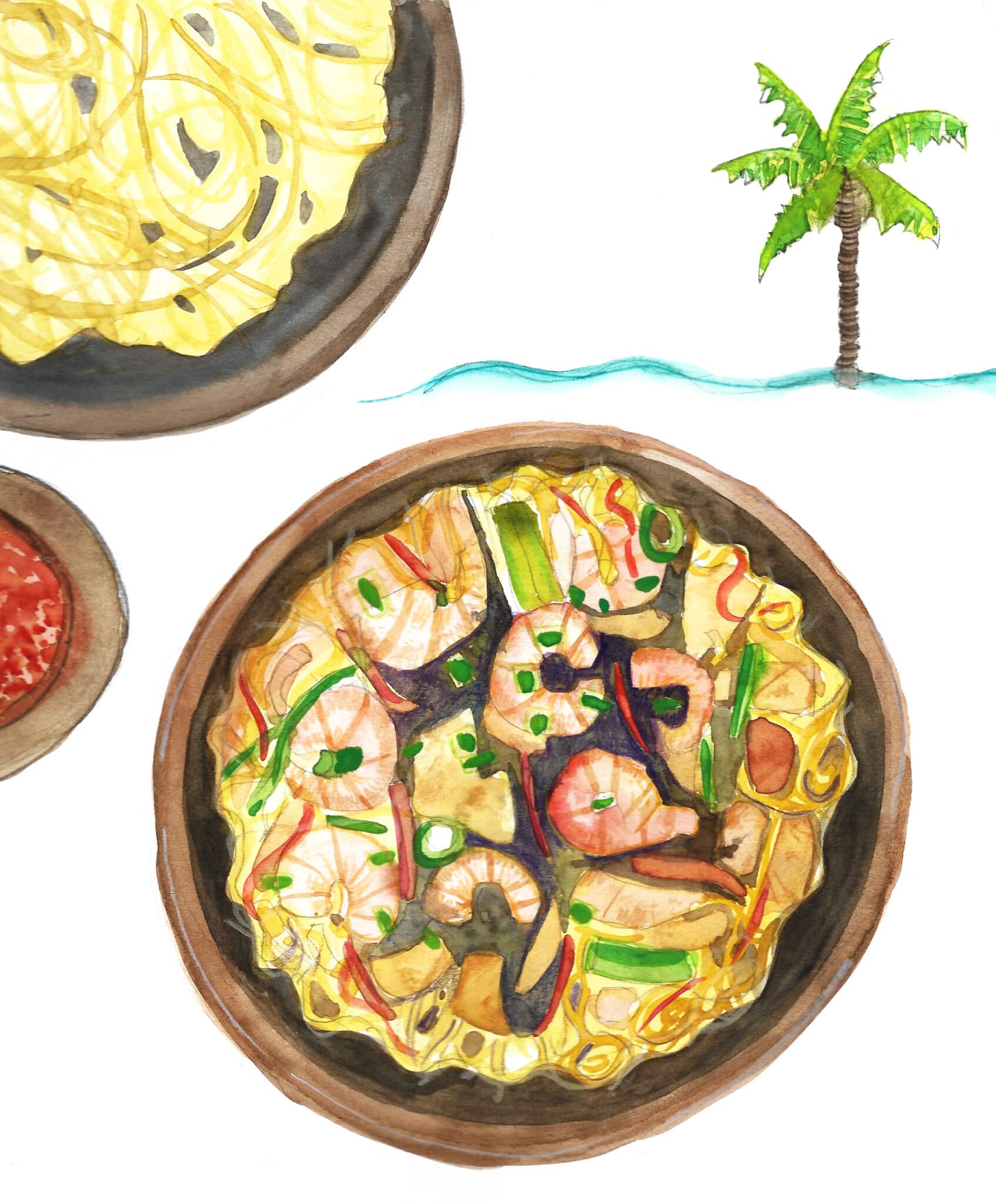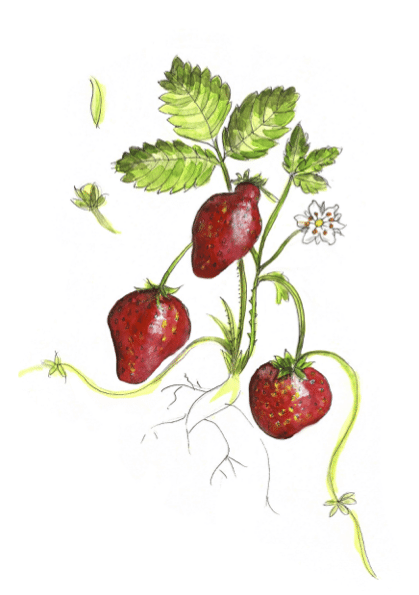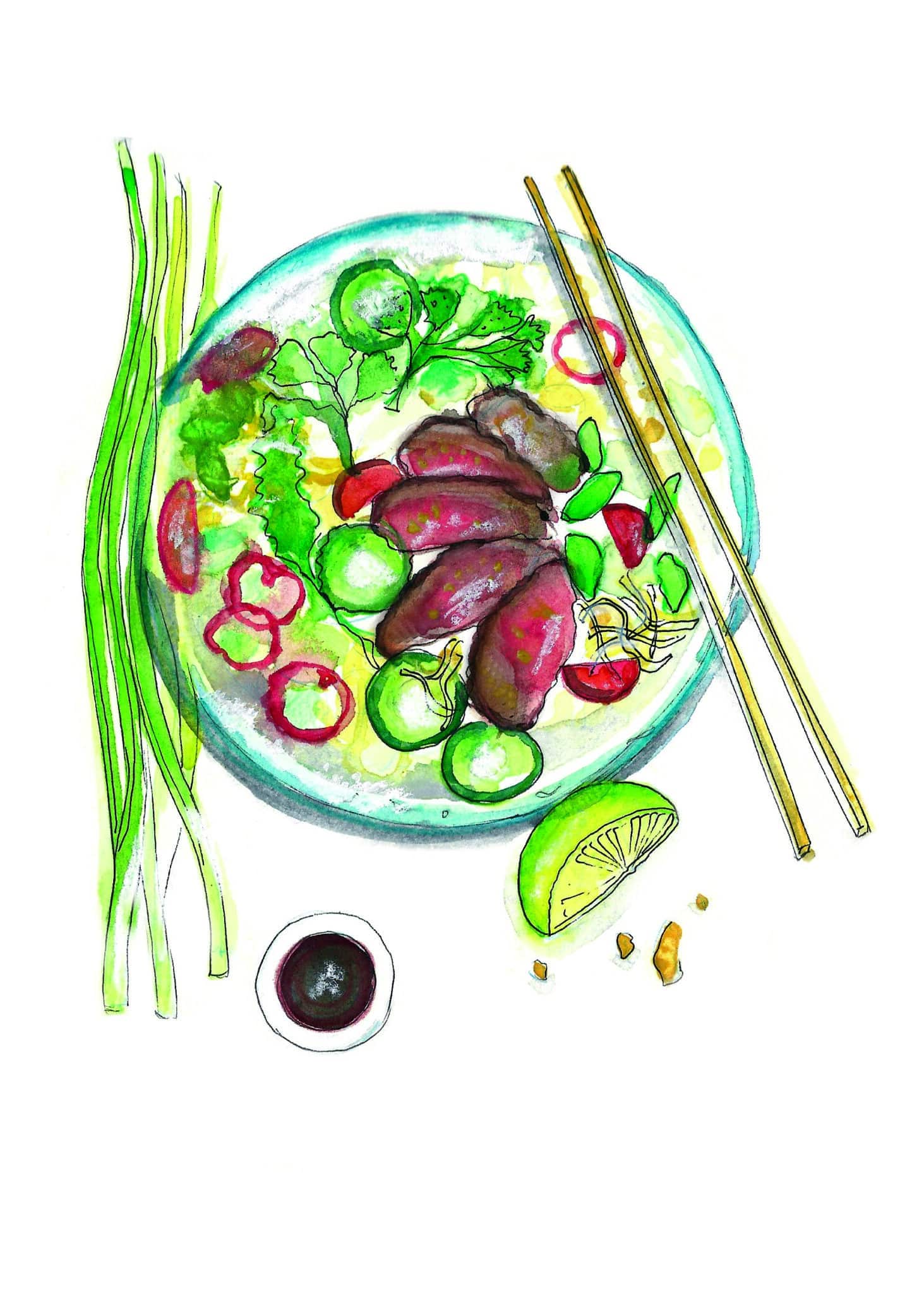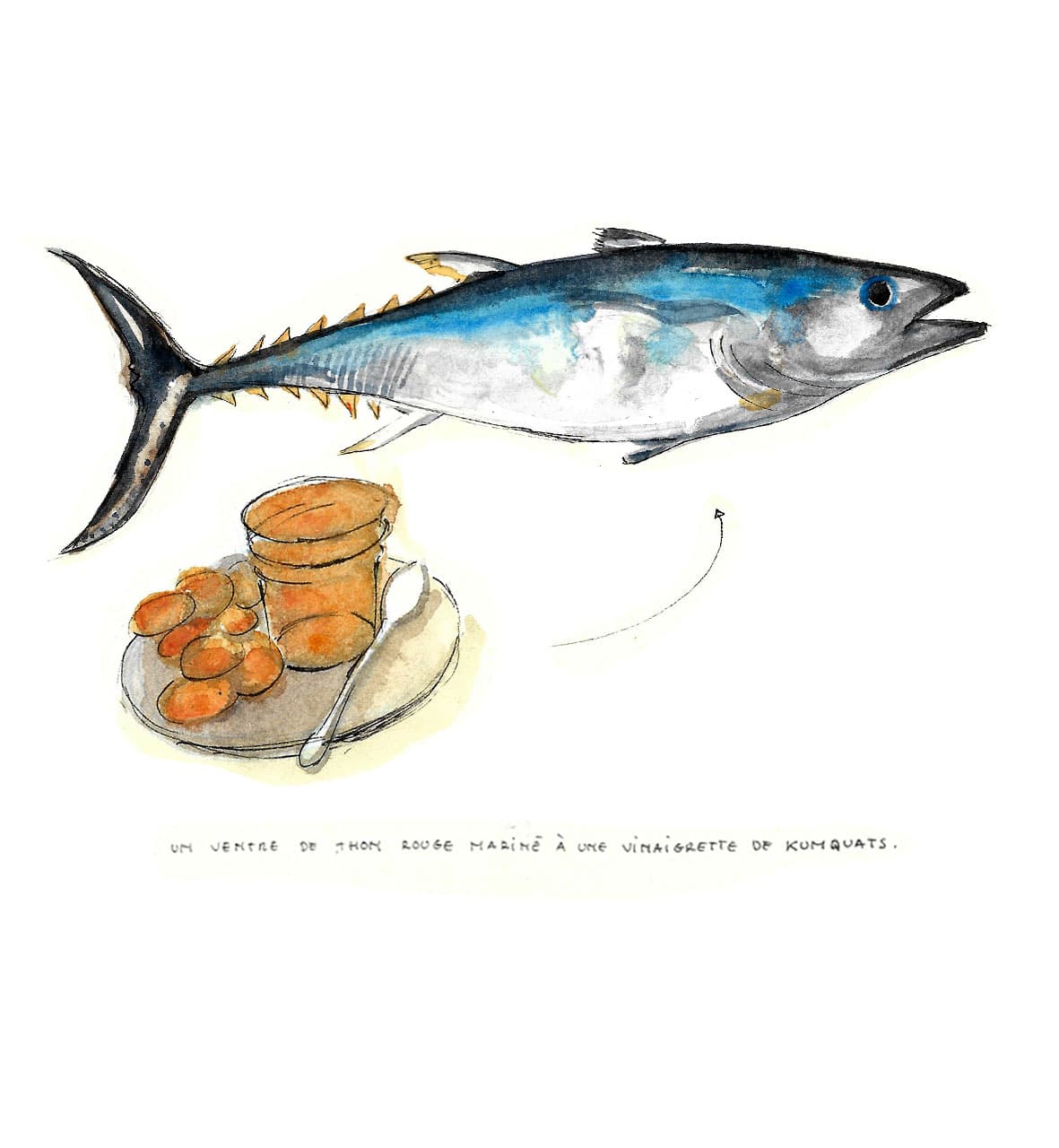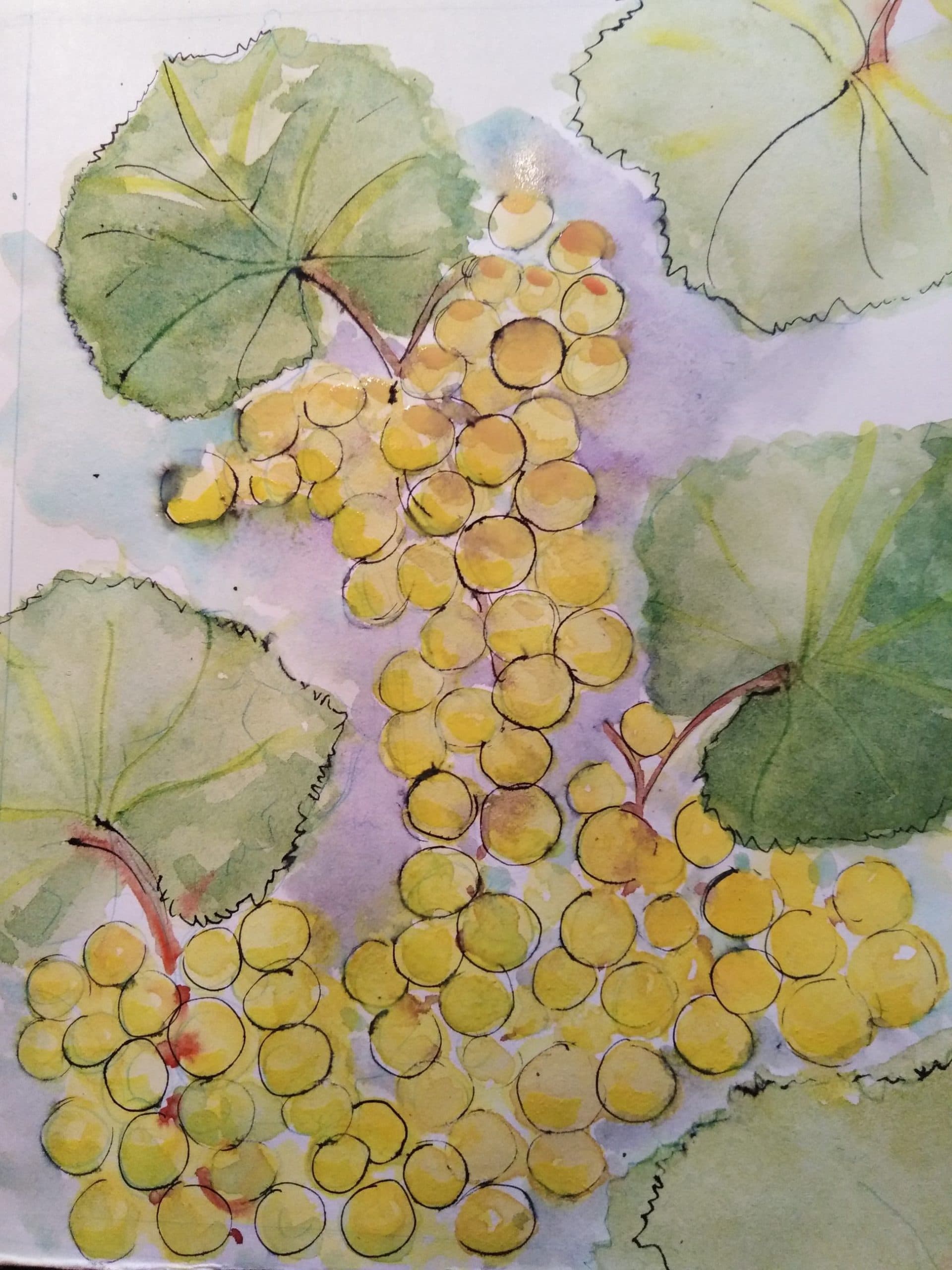
We all know that cheeky dish currently flourishing in our bistros and pubs, featuring kidney whether veal kidney, beef kidney or lamb. Veal kidneys remain the most popular and certainly the tastiest. And there are countless ways to prepare kidney: in mustard sauce, with Madeira sauce or Baugé style (named after the Parisian maître d’hôtel who created the dish). Kidneys can also be prepared in the sauté pan and flambéed at the table. All these different recipes are an integral part of classic French cuisine.
Aromas of curry and walnut in the vins jaunes…
Rognons, as they are known in French, is the kidney of the animal. The taste and intensity of rognons call for a wine with strong personality. One example – the recipe for kidneys in mustard sauce – uses Meaux mustard and crème fraîche and is flambéed with Cognac. These ingredients dictate the direction to take, for this recipe will not go with red wine. Like in so many dishes that use cream, the milk proteins create bitterness in contact with the tannins. The vinegar influence from the mustard also affects the taste of the wine. Among the many gorgeous pairings I have had the opportunity to make, I would like to refer above all to oxidative white wines, or vins de voile (wines that mature under a film, or veil, of yeast on the wine’s surface).
… go beautifully with mustard from Meaux.
Any dish served in a mustard sauce calls for wine with character. Here, I propose an excellent Jura wine, from the L’Etoile appellation, made by Nicole Gros and her son César at Domaine de Montbourgeau. Nicole has been making this special cuvée since 1989. The 2012 vintage is toothsome. The wine spends four years in barrels in contact with the veil. Chardonnay dominates and the Savagnin adds its character. Oxidative notes though present are not dominant. The Chardonnay has a special mineral edge that is totally inherent to the L’Etoile terroir. This particular footprint provides greater depth and energy that slice right through the richness of the sauce and the cream. The wine’s aromatic complexity, enhanced by the formation of sotolon (curry, walnut) goes beautifully with Meaux mustard. I recommend serving this wine at 12°C.
Here is another recommendation from the Jura, from a winemaker whose small production remains a model for the younger generation. Here I am referring to the cuvée Sacha from the Jacques Puffeney estate. This cuvée is a 2012 Savagnin which had a subtle relationship with the veil of yeast. It has a dash of younger Chardonnay which contributes delightful, and delicious, aromatic freshness.
Such a dish will delight vin jaune connoisseurs.
Stéphane Tissot recently took me through a fascinating horizontal tasting of 2011 wines from various terroirs and their influence on the profiles and aromas in the vins jaunes. His 2011 Château-Chalon, made from a parcel of Menestru-le-Vignoble, is uncluttered to the extreme. I also like its tingling mouthwatering feeling – its sapidity – which makes us forget that jaune taste.
For a different style, one that has more spice and stronger notes of curry, grand and generous on the palate with no heaviness, try the La Mailloche, Arbois vin jaune, from grapes grown on clayey soil from early Jurassic Lias.
La Revue du vin de France n°625 – October 2018
